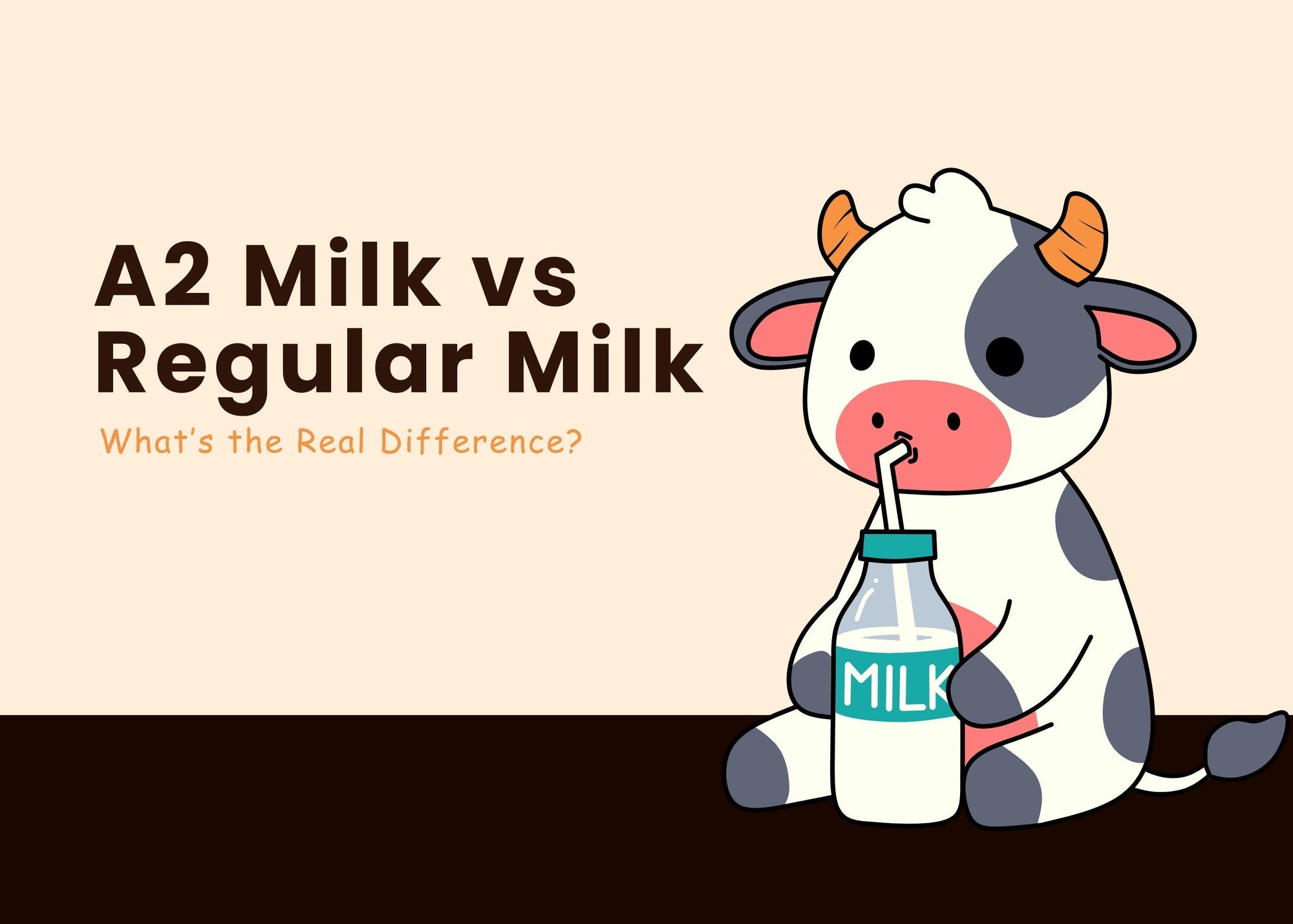Diabetes has been steadily rising across the globe, and the United States is no exception. As the number of people managing blood sugar issues increases, so does the search for natural, nourishing solutions. Enter Amla—also known as Indian gooseberry—a bright green fruit deeply rooted in Ayurvedic healing traditions. With powerful antioxidants and blood sugar–balancing properties, amla has caught the attention of many Americans seeking gentle, effective support alongside diabetes-friendly eating patterns like the Insulin Resistance Diet.
In this article, we’ll explore the amazing benefits of amla products, how they support blood sugar control, and why diabetics in the USA are embracing amla in forms that range from tangy pickles to herbal blends. You’ll also find guidance on how to choose and use amla for health, plus a few standout products worth trying.
Amla’s Rising Popularity Among Diabetics
Amla is no longer just a staple in Indian kitchens—it’s fast becoming a trusted natural ally for people managing blood glucose in Western markets. Why? Because amla benefits align closely with key metabolic goals:
-
Stabilizing insulin response
-
Reducing inflammation
-
Delivering antioxidants
-
Supporting digestion and nutrient absorption
These benefits create a perfect storm of wellness support that complements popular dietary frameworks like the Insulin Resistance Diet, low-carb lifestyles, and sugar-conscious meal plans.
As people turn toward whole foods and plant-based supplements, amla stands out for its unique nutrient profile and cultural heritage. Whether stirred into water, spooned over porridge, or savored in spicy pickle, amla offers an easy, flavorful way to nourish the diabetic body from the inside out.
What Makes Amla Special for Diabetes
1. Amla Benefits for Blood Sugar and Insulin Sensitivity
Amla is exceptionally rich in chromium and vitamin C, two nutrients known to improve insulin receptor sensitivity. These nutrients help glucose move more effectively into cells, lowering blood sugar over time. Additionally, amla’s polyphenols reduce oxidative stress in the pancreas, allowing insulin-producing cells to function optimally and resist inflammation.
When used alongside an Insulin Resistance Diet, which focuses on whole grains, vegetables, and healthy fats, amla adds metabolic firepower to the plate. It’s a powerful reminder that food can be both medicine and nourishment.
2. Natural Antioxidant and Anti-Inflammatory Support
Beyond sugar control, amla is a powerful antioxidant. It is packed with tannins, flavonoids, and vitamin C—key compounds that neutralize free radicals and reduce inflammation. Since chronic inflammation can exacerbate insulin resistance, amla’s anti-inflammatory properties are especially helpful over the long term .
3. Aid for Gut Health and Digestion
Healthy digestion is often overlooked in diabetes care, yet it impacts blood sugar, immunity, and nutrient absorption all at once. Amla supports gut health in several ways:
-
Stimulates digestive enzymes
-
Soothes the gut lining
-
Encourages regular bowel movements without irritation
These digestive benefits make it an ideal companion to fibre-rich meals, aiding in smoother and more predictable glucose responses.
Popular Amla Products and Their Benefits
Immunity Enhancing Herbal Mix (Gooseberry)
Amla’s immune-boosting and metabolic-regulating qualities are more powerful when combined with complementary herbs. Enter the Immunity Enhancing Herbal Mix (Gooseberry), a carefully crafted blend that merges amla with herbs like turmeric, holy basil, and licorice. Each ingredient brings its own metabolic or immune benefit, making this mix perfect for anyone focusing on systemic health, metabolic balance, and blood sugar control.
Having one teaspoon of this blend in warm water daily is an easy ritual that supports digestion, metabolism, and long-term insulin sensitivity.
Indian Gooseberry Amla Jam
For many, traditional supplements feel clinical or medicinal. That’s where Amla Jam shines—it offers sweet and tangy amla flavor with no added sugar or chemicals. Spread it on whole-grain toast, swirl into yogurt, or stir it into herbal tea. It provides a refreshing way to enjoy amla powder benefits—like antioxidants and vitamin C—without compromising taste or your blood sugar plan.
Spicy Amla Pickle
For those who love bold flavors, Spicy Amla Pickle is a game-changer. Paired with whole meals, rice alternatives, or simple flatbreads, it adds antioxidants and healthy fats (olive oil or sesame oil) while revitalizing the tasteboard. Just a small spoonful can enhance meals and slow the absorption of carbs, leading to gentler glucose curves.
Each of these amla products highlights a different benefit pathway—whether immune, metabolic, or digestive—allowing people to choose the form that best fits their lifestyle and palate.
Amla Powder Benefits vs. Whole Fruit
Pure Amla powder benefits are widely appreciated:
-
Rich in vitamin C, tannins, and polyphenols
-
High antioxidant value, which supports stress regulation
-
Easy to mix with smoothies, soups, or teas
However, some people may find full-spectrum herbal blends or spiced pickles offer more robust metabolic support due to fiber, oils, or synergistic herbs. Essentially, each form—powder, jam, pickle, mix—serves a different purpose and can be woven into a diabetes-supportive lifestyle.
Scientific Backing: Amla and Insulin Resistance
Research consistently shows:
-
Animal studies demonstrate that amla extract can reduce fasting blood glucose by up to 20% over just one month.
-
Human trials have seen 10–15% reductions in HbA1c after eight weeks of regular amla supplementation.
-
Its antioxidants protect pancreatic cells, helping in sustained insulin production.
When combined with dietary patterns that include whole grains, lean proteins, and healthy fats, amla supports the same metabolic goals as well-known interventions. It’s a versatile plant ally with a proven track record.
How Americans Are Using Amla Today
The appeal of amla among U.S. diabetics lies in its simplicity and cultural roots. Many users report a steady sense of well-being—an “anchor” during meals, a predictable addition to digestion, or a kitchen convenience that feels both heritage-rich and purpose-driven.
Take the Spicy Amla Pickle—a single teaspoon over steamed vegetables can elevate a meal’s flavor and nutrient profile in seconds. Or Amla Jam, which softens traditional breakfast foods with flavor and antioxidants while steering clear of added sugar.
These experiences are part of why Amla has gained traction—not as a miracle cure, but a nourishing daily habit that complements disciplined eating and medical care.
How to Choose Safe Amla Products
With growing demand, product quality matters:
-
Look for single-ingredient blends without sugar, preservatives, or artificial dyes.
-
Choose organic, traditionally processed black gooseberries, not evaporated cane juice jellies.
-
Check for third-party testing to ensure the absence of heavy metals—gooseberries can concentrate minerals from the soil.
-
Select familiar, transparent brands, such as Two Brothers Organic Farms, which trace from farm to kitchen.
Premium amla also maintains its vibrant scent and tangy flavor, not flat or overly sweet.
Incorporating Amla Into the Insulin Resistance Diet
If you follow an Insulin Resistance Diet, here’s how to make amla a supportive daily habit:
-
Morning Ritual
Start with warm water and a teaspoon of Immunity Enhancing Herbal Mix. It gently wakes the digestive system and begins the metabolic day. -
Mid-Morning Treat
Spread a thin layer of Amla Jam on a slice of whole-grain toast or millet flatbread, paired with nut butter or cheese to slow any glucose response. -
Meal Booster
Add a teaspoon of Spicy Amla Pickle to a vegetable and protein plate. The healthy fats and tang help balance blood glucose, reduce glycation, and make eating more enjoyable. -
Nightcap
Mix herb-amla powder into warm, unsweetened almond milk or water for gentle digestion support and overnight antioxidant replenishment.
These practical strategies show that amla isn’t just an exotic treat—it’s a flexible, flavorful wellness tool.
FAQs
Q. Can diabetics eat amla?
Yes. Studies show amla may help lower blood sugar when used in small to moderate amounts, especially if consumed along with meals and low in added sugar.
Q. How much amla powder should you take daily?
Most studies use 1–3 g of amla powder per day. Start with smaller amounts—like a teaspoon of herbal mix—and gradually increase based on tolerance and results.
Q. Is amla safe with diabetes medication?
Amla may amplify the effects of blood-glucose-lowering medications. If you’re currently taking insulin or oral medications, consult your doctor and monitor closely.
Q. What’s the best time to consume amla?
It supports breakfast digestion and metabolic stability, so morning is ideal. It’s also helpful before lunch or dinner to modulate insulin response.
Q. Can children eat amla products?
Yes. The jam and pickle are popular with kids for their tangy flavors. However, introduce small amounts slowly and consider sugar-free or herbal powder versions for best results.
Conclusion:
Diabetics in the USA are turning to amla not out of desperation, but curiosity, driven by credible science, digestive benefits, and the chance to reconnect with time-honoured ingredients that go beyond “wellness hype.” With its antioxidant, anti-inflammatory, and blood-sugar-balancing properties, amla is a smart addition to a holistic health plan.
When sourced responsibly—like these exceptional products from Two Brothers Organic Farms—you ensure you’re getting natural goodness without unwanted sugars, chemicals, or fillers.











